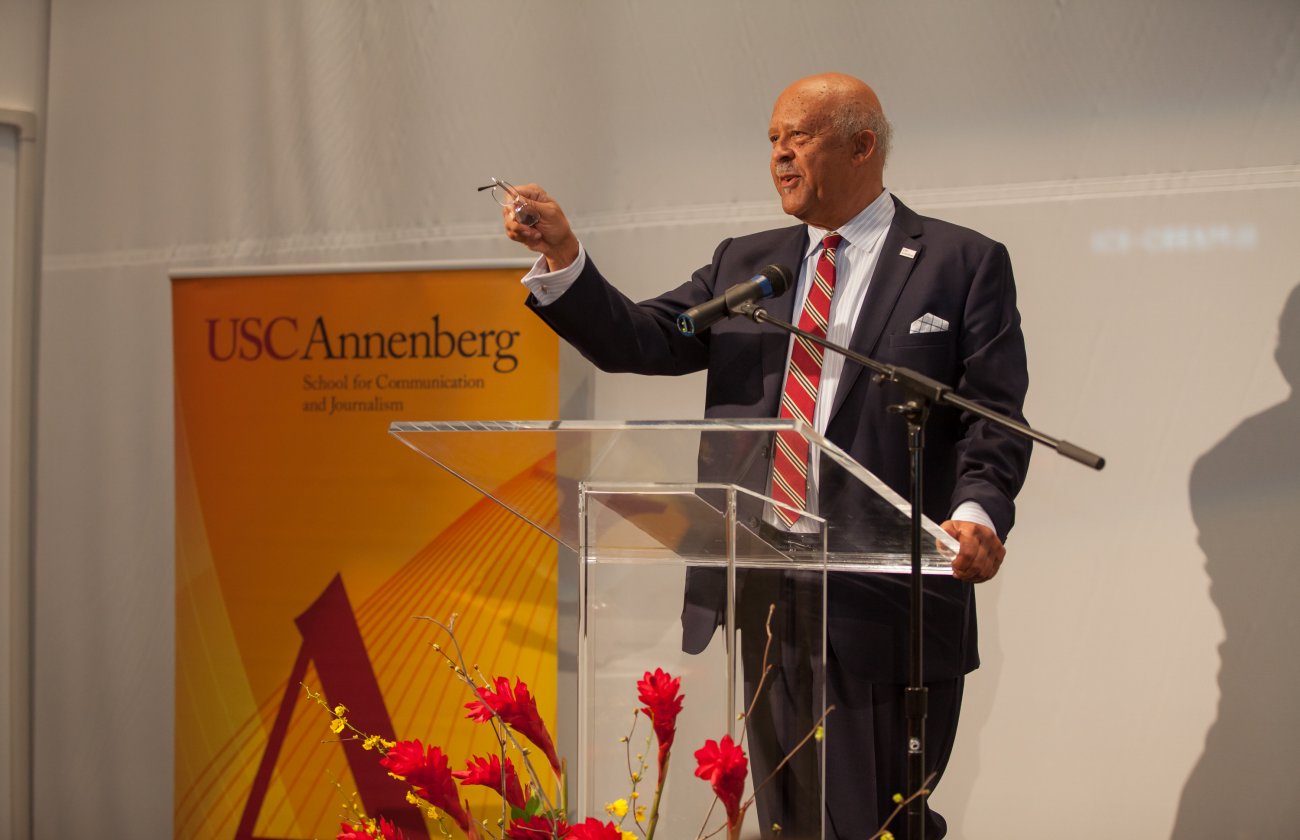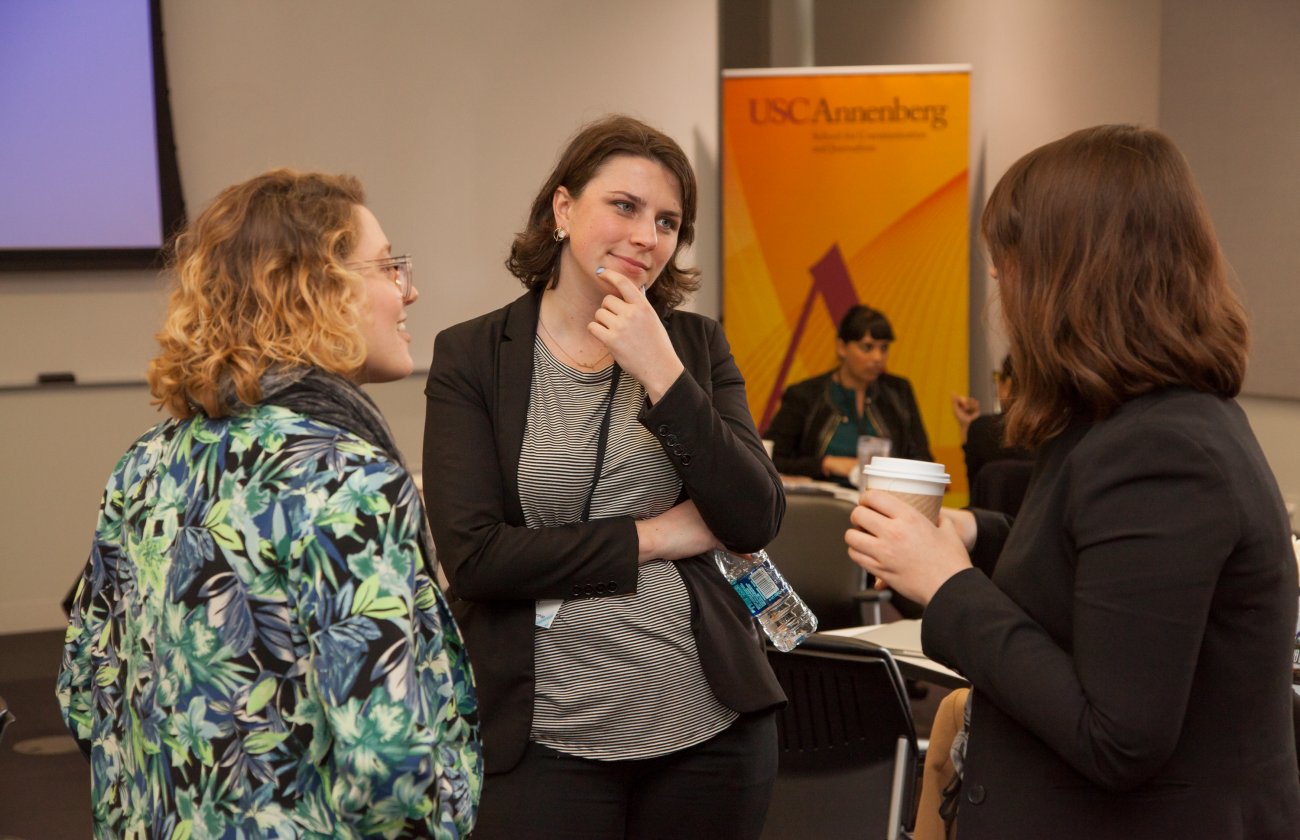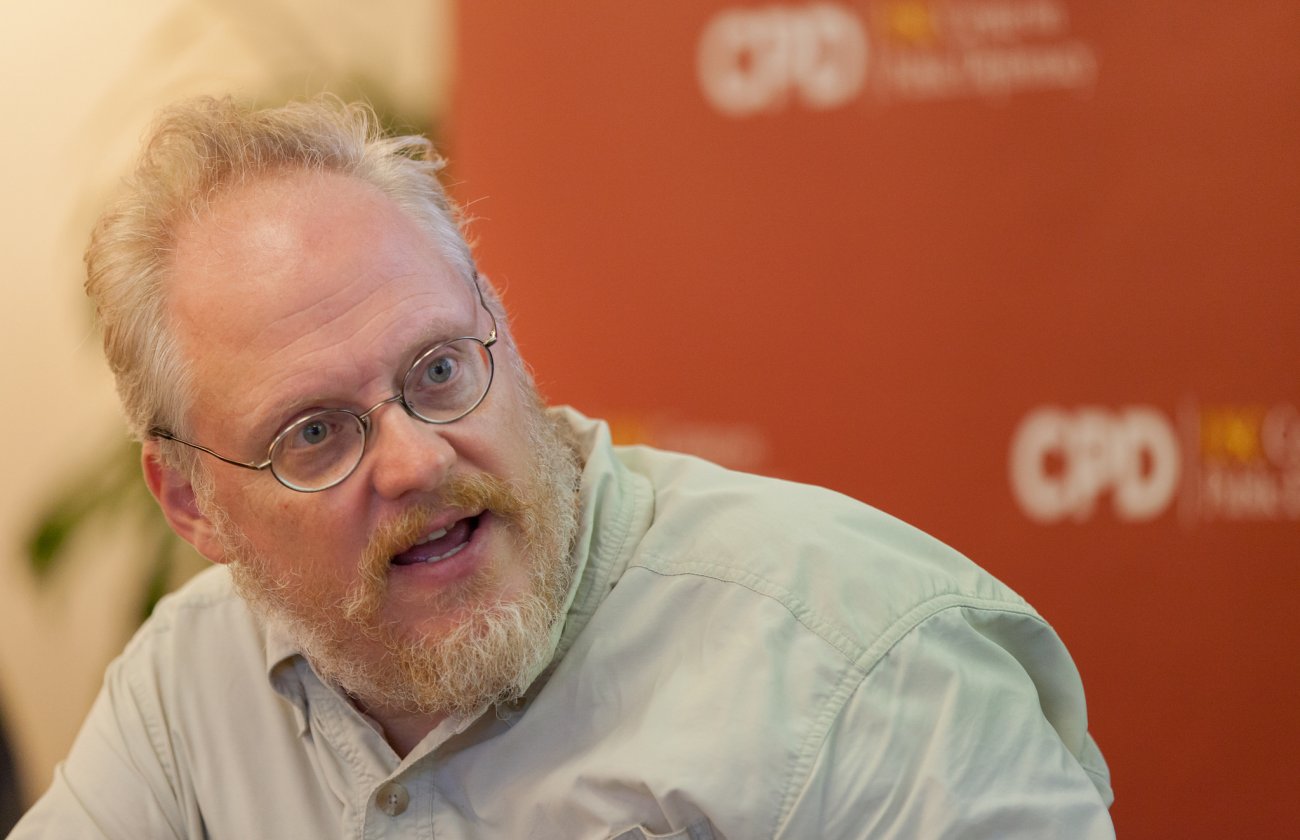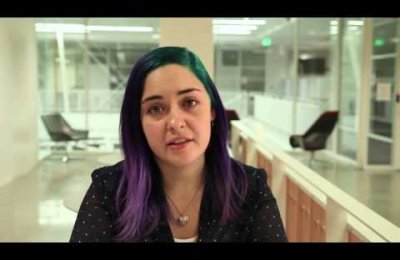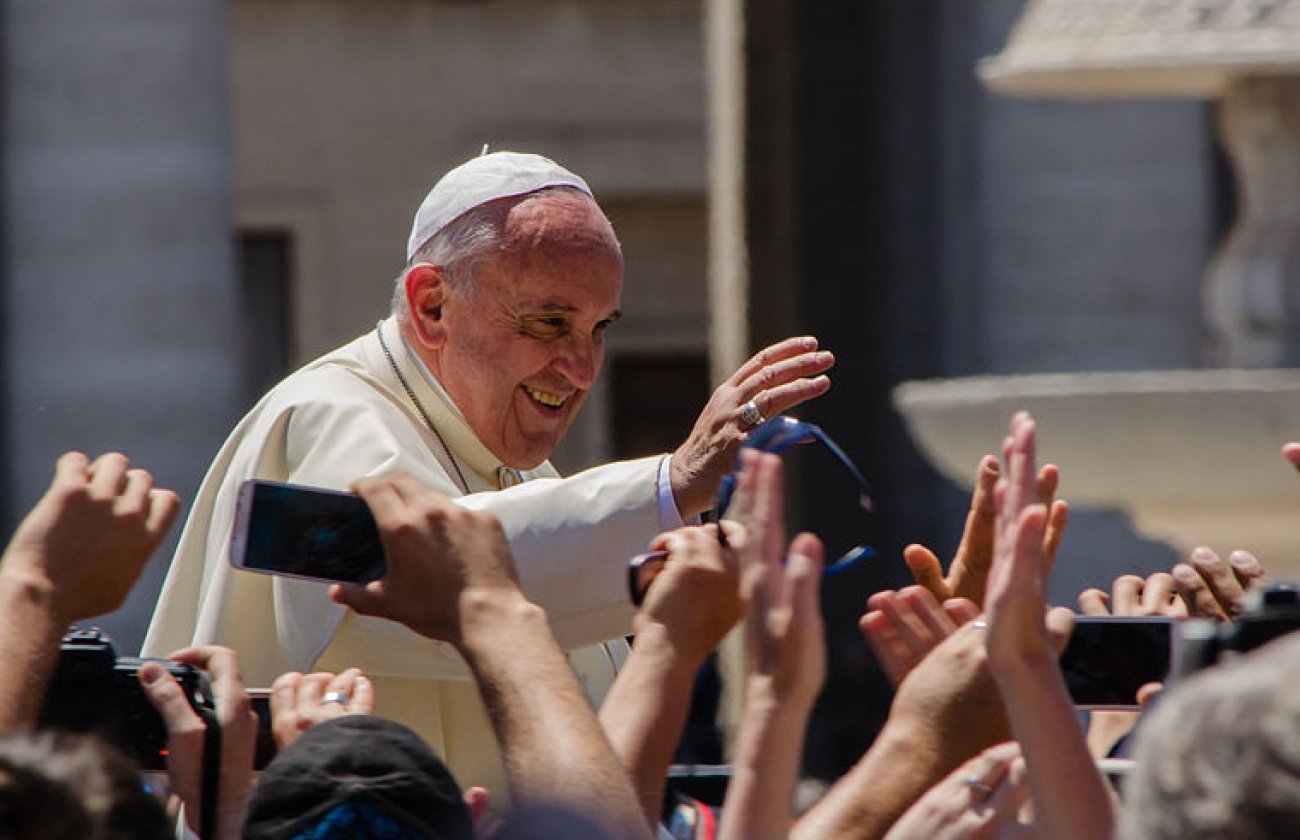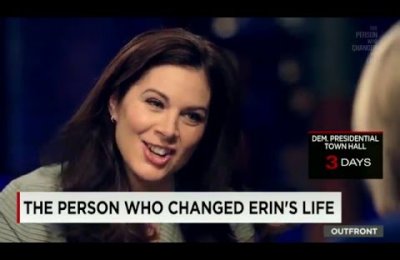“The Image of the Washington Journalist in Movies and Television, 1932 to 2013” will be given its international premiere at the AEJMC Conference in Washington, D.C. on Aug. 9. The eight-and-a-half hour video compilation is the latest project of the Image of the Journalist in Popular Culture (IJPC).

Saltzman pointed out that many of these Washington journalists “serve as watchdogs to ensure that those who wield power are doing so in service of the people and not for personal, political or financial gain.”
A special 13-minute preview of the video will be presented during an AEJMC panel , “The Image of the Washington Journalist in Popular Culture” sponsored by the History Division and the Entertainment Studies Group on Friday, Aug. 9, 11:45 a.m. to 1:15 p.m. at the Renaissance Hotel, Room 156, in Washington D.C.
“Our research reveals that the Washington journalist is often an investigative journalist trying to ferret out corruption that affects the public interest.,” Saltzman said. “They may be comic figures or serious dramatic figures, but they always seem intent on doing the right thing and exposing crooked politicians to public scrutiny.”
Saltzman has been researching the image of the journalist for more than two decades and is author of Frank Capra and the Image of the Journalist in American Film.
For the most part, female journalists are presented positively. “Some might do unscrupulous things in getting the story, but in the end they are heroic because their stories expose wrongdoing in the nation’s capital,” Saltzman added.
The great majority of Washington journalists depicted, however, don’t have names and usually show up at press conferences with the president or members of Congress.
“They are usually seen shouting out questions or listening in shock when something extraordinary is being told to them,” Saltzman said. He added that sometimes members of the Washington press corps are real-life journalists, including Richard Reeves and one of the most famous Washington journalists at presidential news conferences, the late Helen Thomas. There are also plenty of parodies of the presidential press conference, the most famous being those portrayed on Saturday Night Live.
The video compilation reveals knockoffs and parodies of Watergate reporters Bob Woodward and Carl Bernstein who were immortalized as Robert Redford and Dustin Hoffman in “All the President’s Men.” Other D.C. images include everyone from corrupt journalists who blackmail politicians to get what they want to a Washington journalist who turns out to be a werewolf.
The AEJMC panel on “The Image of the Washington Journalist in Popular Culture” includes world-famous experts on the subject Matthew Ehrlich, professor of journalism at the University of Illinois at Urbana-Champaign and author of Journalism in the Movies, who will speak on “Broadway Takes on ‘The Columnist:’ A Case Study with Joseph Alsop”; Sammye Johnson, professor at Trinity University where she holds the Carlos Augustus de Lozano Chair in Journalism and will speak on “Passionate and Powerful: Film Depictions of Women Journalists Working in Washington D.C.,” and Maurine H. Beasley, professor emeritus at Maryland University, who will speak on “The Myth and Reality of Female Journalists in Washington, D.C.”
Related:

